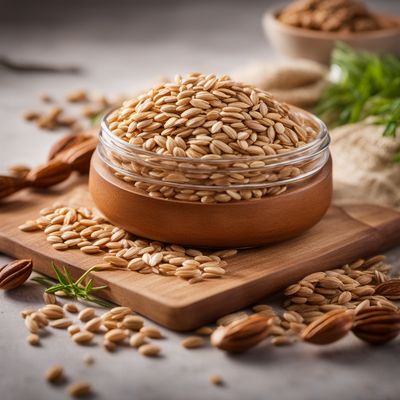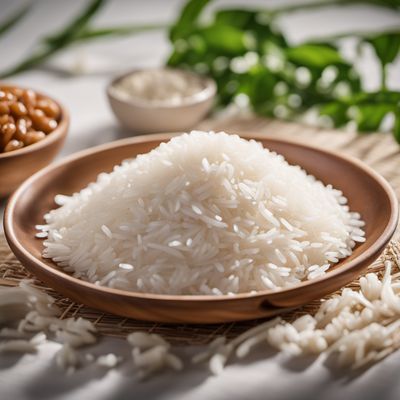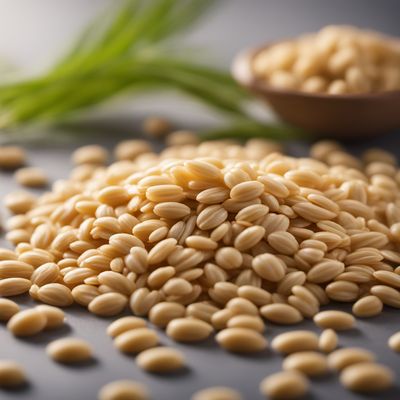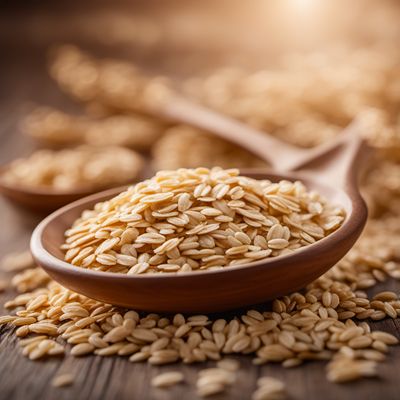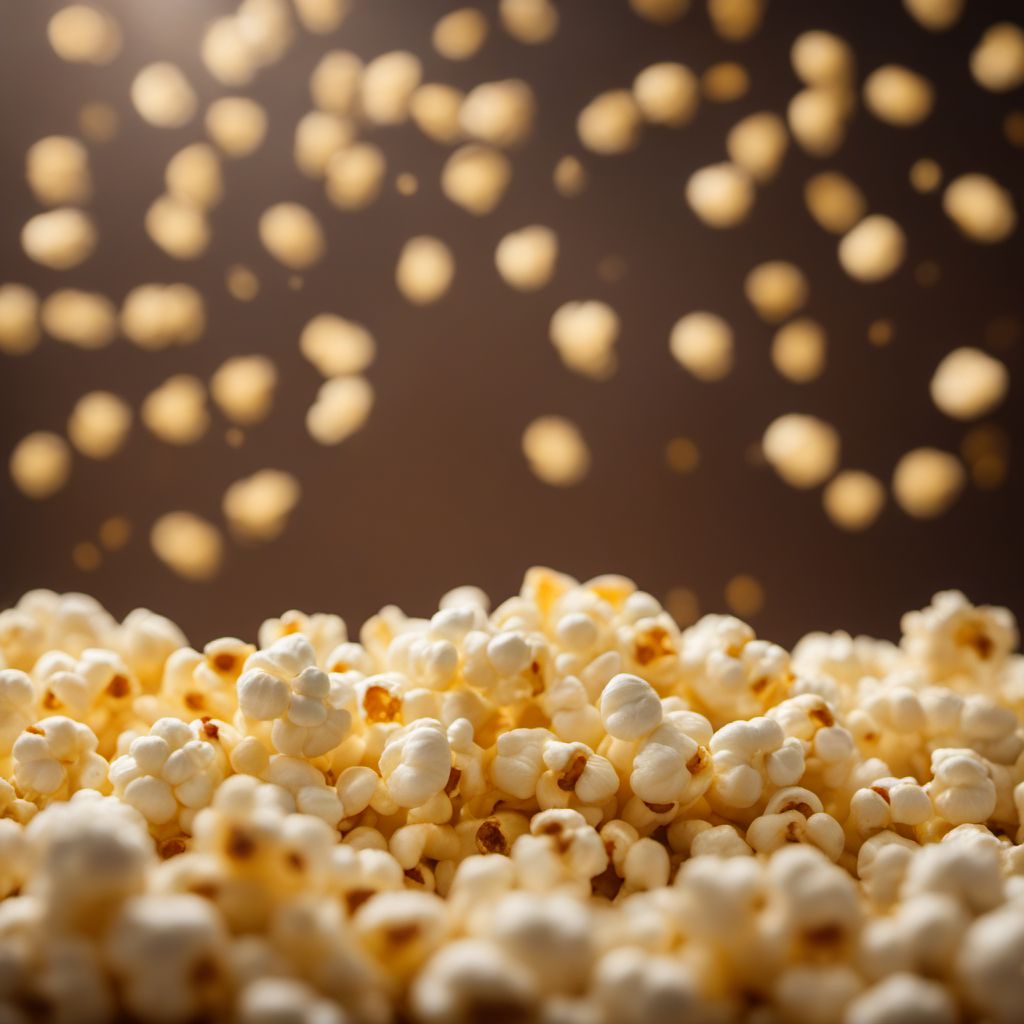
Ingredient
Popcorn (maize, popped)
The Crunchy Movie Snack
Popcorn is a type of corn that expands and pops when exposed to heat. It has a light and airy texture with a satisfying crunch. The flavor of popcorn can vary depending on the variety of corn used, but it is generally mild and slightly sweet. Popcorn is a versatile snack that can be enjoyed plain, salted, buttered, or seasoned with various spices and seasonings.
Origins and history
Popcorn has a long history that dates back thousands of years. It is believed to have originated in the Americas, where it was cultivated by indigenous peoples. Popcorn was an important food source for many Native American tribes and was used in various ceremonies and celebrations. It later spread to other parts of the world through trade and exploration. Today, popcorn is enjoyed globally and is particularly popular in the United States, where it is a staple snack at movie theaters and sporting events.
Nutritional information
Popcorn is a relatively low-calorie snack, making it a healthier alternative to many other snacks. It is also a good source of fiber and contains small amounts of vitamins and minerals. However, the nutritional content can vary depending on the preparation method and any added seasonings or toppings.
Allergens
Popcorn is generally considered safe for consumption and is not known to cause allergies. However, some individuals may be sensitive to corn or have an intolerance to certain components of popcorn, such as gluten. It is advisable to check the ingredient list or consult a healthcare professional if you have any concerns or dietary restrictions.
How to select
When selecting popcorn, look for kernels that are plump and have a shiny, unbroken outer shell. Avoid kernels that are discolored, damaged, or have a dull appearance. It is also recommended to choose organic or non-GMO popcorn to minimize exposure to pesticides and genetically modified organisms.
Storage recommendations
To maintain the freshness and crispness of popcorn, store it in an airtight container or resealable bag. Keep it in a cool, dry place away from moisture, heat, and strong odors. Properly stored popcorn can last for several months.
How to produce
Popcorn can be easily produced at home by purchasing popcorn kernels and using a stovetop, microwave, or popcorn machine. Simply follow the instructions provided with the chosen method and enjoy freshly popped popcorn in minutes. It is a fun and rewarding activity for both children and adults.
Preparation tips
To prepare popcorn, heat a small amount of oil in a pot or use a microwave-safe bowl with a lid. Add the popcorn kernels and cover the pot or bowl. Cook over medium heat or follow the microwave instructions until the popping slows down. Be cautious when removing the lid, as hot steam may escape. Season the popcorn with salt, butter, or your favorite seasonings and toss to coat evenly. Enjoy immediately as a snack or use it as a base for other recipes, such as caramel popcorn or popcorn balls.
Culinary uses
Popcorn is commonly enjoyed as a snack on its own or paired with various flavors and seasonings. It is a classic treat at movie theaters, carnivals, and parties. Popcorn can be seasoned with salt, butter, cheese, caramel, chocolate, or a combination of flavors. It is also used as an ingredient in recipes such as popcorn balls, trail mixes, and granola bars.
Availability
Popcorn is widely available in supermarkets, grocery stores, and convenience stores worldwide. It is a popular snack in many countries, particularly in the United States, Canada, and Mexico. Popcorn is also commonly found in cinemas, amusement parks, and snack bars.
